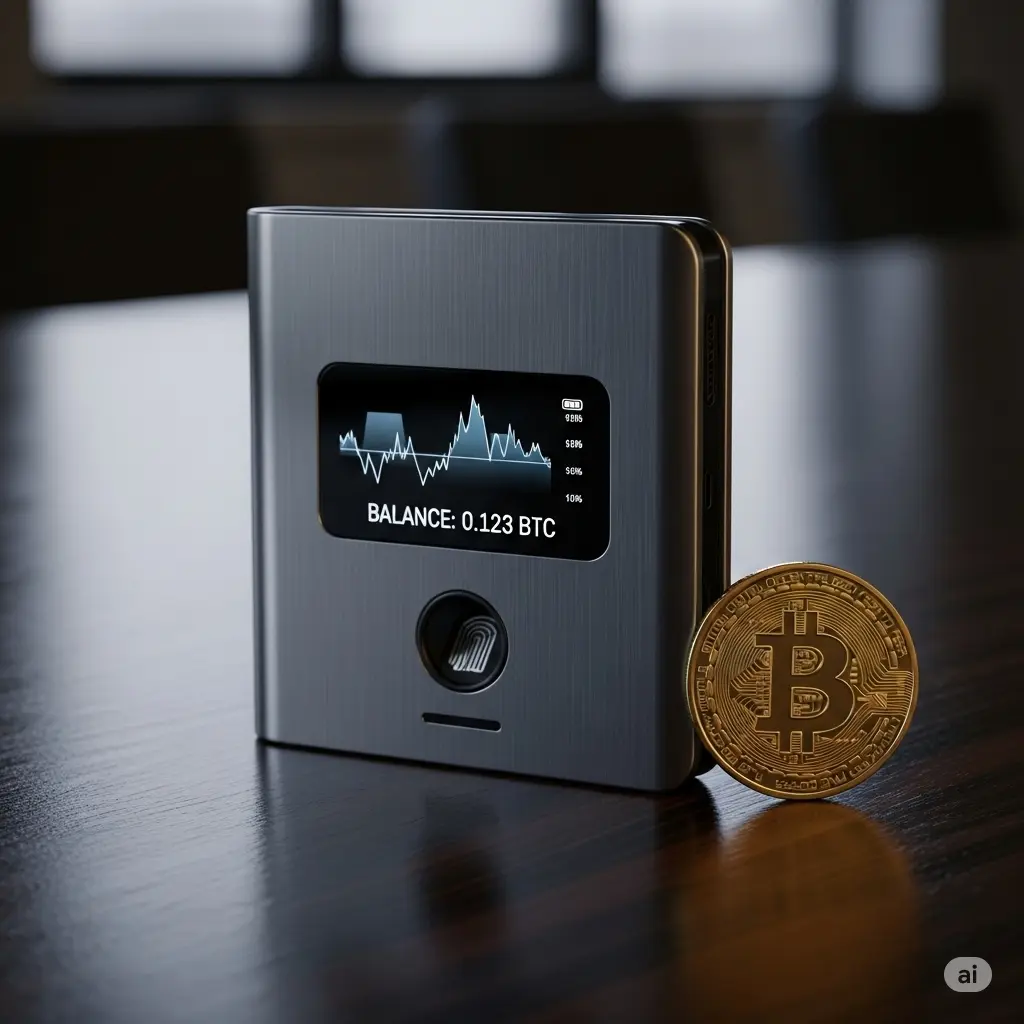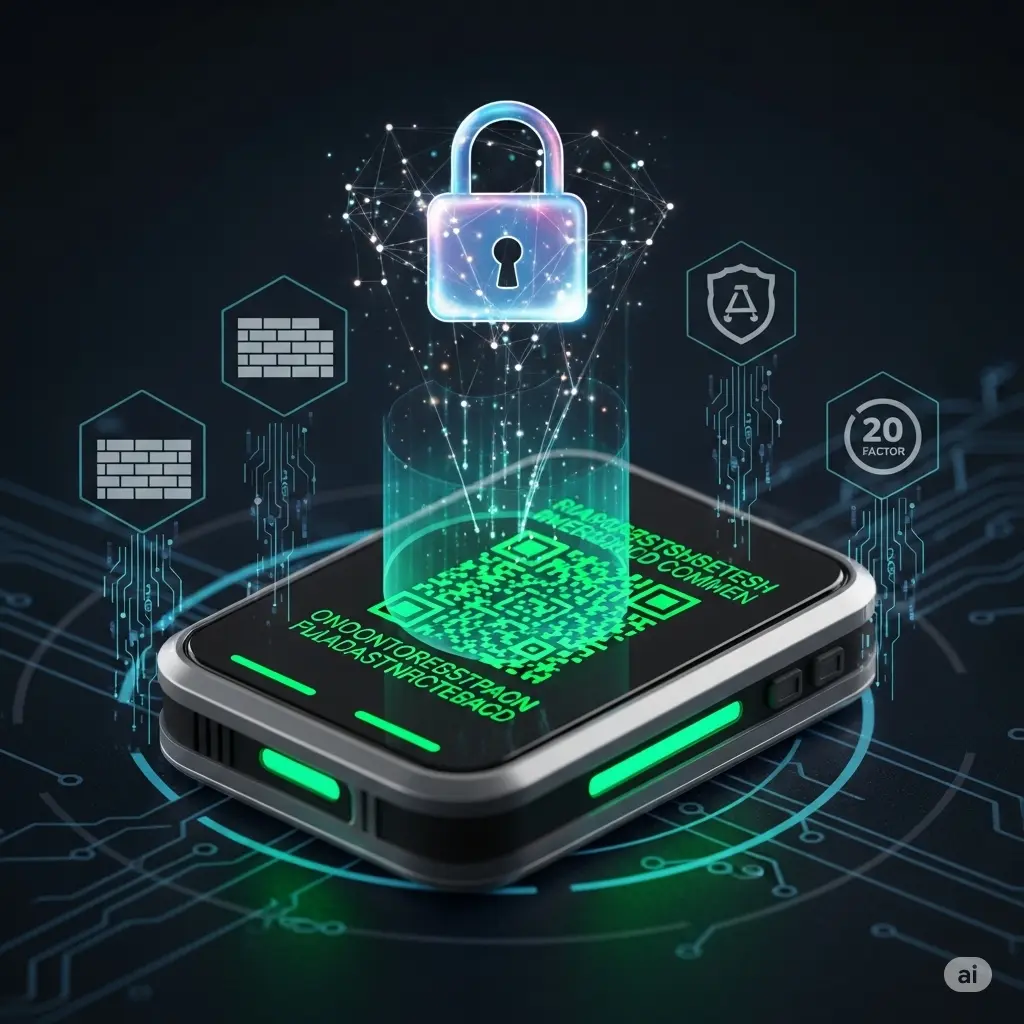Secure Crypto Wallet | Unbreakable Protection for Your Assets
Why a Secure Crypto Wallet Matters Now
Crypto is booming—and as adoption spreads globally, so does the importance of securing your digital assets. Here’s why you need a Secure Crypto Wallet today:
- Rising threats: Cyberattacks, phishing scams, and wallet breaches are increasing year on year.
- Growing value: With crypto markets booming, even small investors now hold meaningful asset value.
- Control and responsibility: In crypto, you are your bank—no middleman to appeal to if funds disappear.
That’s where a Secure Crypto Wallet comes in: a safeguard for your investment, protecting against theft, loss, and hacker attacks. As part of staying updated with Global Crypto Sports, our news-related platform, we must keep investors educated about top wallet protections in 2025 and beyond.
Let’s break it down together: what is a secure wallet, what types exist, how they work, and what you need to know to pick one.

1. Essential Crypto Terms You Should Know
Before diving deep, let’s define some key terms in simple words:
- Blockchain: A permanent digital ledger where cryptocurrency transactions are recorded. Think of it like a public spreadsheet that everyone can see but no one can alter.
- DeFi (Decentralized Finance): Financial services (lending, borrowing, trading) built on public blockchains without banks or middlemen.
- Web3: The next iteration of the internet—decentralized, blockchain-powered, giving users control of their data and identity.
- Seed phrase: A list of words (usually 12–24) that unlock your wallet. Write it down and keep it safe; if lost, so is your crypto.
- Cold wallet: A wallet that lives offline, like a hardware device or paper, is immune to online threats.
- Hot wallet: A wallet connected to the internet, such as on a mobile app or browser extension—for quick access, but greater risk.
- Hardware wallet: A type of cold wallet—an external device (USB‑like) that stores your keys offline.
- Mobile wallet: A crypto wallet that runs as an app on your smartphone—sometimes hot, sometimes with additional security.
- Decentralized wallet: A wallet that doesn’t rely on a central entity—only you hold the private keys.
2. What Makes a “Secure Crypto Wallet”?
2.1 Cold Wallet vs. Hot Wallet
| Wallet Type | Definition | Pros | Cons |
|---|---|---|---|
| Cold Wallet | Offline storage (hardware/paper) | Very high security, no internet exposure | Less convenient for frequent transfers |
| Hot Wallet | Connected to the internet | Easy access, fast transactions | Higher vulnerability to online attacks |
For 2025, choosing the best crypto wallet 2025 means balancing these factors depending on your needs.
2.2 Hardware Wallets (Cold)
- Secure by design: Private keys never leave the device.
- PIN and recovery seed phrase protection.
- Examples: Ledger Nano X, Trezor Model T.
- Ideal for storing long-term holdings; requires wallet backup.
2.3 Mobile Wallets (Hot)
- Convenient, portable. Often used for daily trades or DeFi access.
- Examples: Trust Wallet, MetaMask Mobile.
- Must pair with robust crypto wallet security practices (e.g. strong password, 2FA).
2.4 Decentralized Wallets
- Control only yourself.
- Private keys are never shared with a company or server.
- Examples: Electrum, Exodus (self‑custodial).
3. Why Now Is The Prime Time for Secure Wallets
- Crypto is maturing: 2025 sees institutional investors, evolving regulation, and diverse use cases.
- DeFi and Web3 apps are integrating deeply into mobile and browser wallets—making cold wallet integration more essential.
- Global Crypto Sports, as a news hub, reports on high-profile thefts and exploits regularly—whether from smart-contract vulnerabilities, phishing, or compromised hot wallets.
Case in point: last year, a hot wallet phishing attack targeted a DeFi trader, stealing $200k in a minute—even though they held $1M in assets elsewhere, all because of a reused seed phrase on an unsafe device.
4. Real‑World Examples & Case Studies
4.1 Case Study: The Phishing Nightmare
A user accessed a Web3 game portal using a hot mobile wallet. A fake site tricked them into revealing their seed phrase. The attacker wiped the account. That user lost not only game assets but also staked DeFi funds.
Lesson: Always double‑check URLs, limit exposure, and use secure wallets with strong anti‑phishing features.
4.2 Case Study: Hardware Wallet Theft
Someone entrusted cold storage to a housemate who then fled with the device—and the unencrypted seed phrase written next to it. The malicious actor emptied the account.
Lesson: Encrypt, hide, or even use a strategic wallet backup, such as a safe deposit box; never store backups where others can access them.
5. Pros and Cons: Wallet Types Overview
5.1 Cold Wallet (Hardware / Paper)
Pros:
- Top-tier crypto wallet security.
- Offline—impervious to online hacking attempts.
- Recommended for long-term storage or large holdings.
Cons:
- Less convenient.
- Risk of physical loss or damage.
- Requires a wallet backup strategy.
5.2 Hot Wallet (Mobile / Desktop)
Pros:
- Great for DeFi, Web3, daily usage.
- Fast, user-friendly.
Cons:
- Internet-connected—vulnerable to hacking, malware.
- Seed phrases are critically exposed if mismanaged.
6. Actionable Advice for Beginners & Intermediate Users
6.1 Beginners
- Start small: Use a hot wallet (e.g., a mobile wallet like Trust Wallet) for experimental amounts.
- Understand your seed phrase: Write it down—don’t store online.
- Tip: Use steel wallets for durability.
- Enable extra security: Use biometric or PIN code locks.
- Test recovery process: Try restoring your wallet on a new device using the seed phrase—you’ll thank yourself if disaster strikes.
6.2 Intermediate (Larger Holdings / Frequent Trading)
- Use a hardware wallet: Preferably a reputable one like Ledger or Trezor.
- Combine hot + cold: Keep most funds offline; leave a small amount in a hot wallet for trading.
- Use a hardware wallet for DeFi access: Many cold wallets can connect to Web3 tools securely.
- Secure your backup:
- Store a copy of your seed phrase encrypted or split in multiple secure locations.
- Consider geographically separate backups (e.g., home safe + bank safe deposit box).
6.3 General Security Tips
- Never share your seed phrase—ever.
- Be cautious of phishing (double-check website URLs, bookmarks).
- Update wallet firmware and apps.
- Enable device-level security (e.g., PIN, passphrase).
- Consider a passphrase extension to your seed for added protection.

7. Subheadings That You Might See in This Post
What is a Secure Crypto Wallet?
A clear definition and its importance.
Key Terms Simplified
Blockchain, DeFi, Web3, seed phrase, etc.
Types of Wallets: Cold vs. Hot
Advantages, disadvantages, real examples.
Real-Life Security Breaches
Lessons from actual cases.
Wallet Recommendations for 2025
Security-first lineup.
Wallet Backup Strategies
How to prepare for the unexpected.
Actionable Tips for Every User Level
From first‑time buyers to seasoned traders.
Pros & Cons Table
A quick side‑by‑side comparison.
FAQ
Your top wallet questions answered.
8. Frequently Asked Questions (FAQ)
Here are 6 common questions answered clearly:
1. What is the most secure crypto wallet?
The most secure is a cold wallet, specifically a hardware model like Ledger or Trezor, combined with off‑site backups of the seed phrase and optional passphrase. Offline storage makes it tough for hackers to access your keys.
2. What’s better: a mobile wallet or a hardware wallet?
- Mobile wallet: Convenient and great for quick trades, DeFi, and Web3.
- Hardware wallet: Safer and ideal for long-term holdings. Best practice: use both, keeping most assets in the hardware wallet.
3. Why do I need a wallet backup?
If your device breaks, is lost, or you forget your PIN, only your seed phrase lets you restore access. Without a backup, your crypto is gone forever.
4. What is a seed phrase, and why is it so critical?
It’s the phrase (e.g. “pine apple horse…”) that generates your private keys. Anyone with it can access your funds. Keep it offline, in physical form. Consider using steel backups for durability.
5. What is a decentralized wallet?
A wallet where only you control the private keys—no company can reverse transactions or freeze your funds. Great for privacy and autonomy.
6. How do I choose the best crypto wallet in 2025?
Look for:
- Proven security track record.
- Offline functionality (if possible).
- Firmware updates and active support.
- Passphrase capability.
- Ease of backup and restoration.
9. Conclusion: Protecting Your Crypto Now—and Always
When it comes to using Secure Crypto Wallets in 2025, the stakes are higher than ever. As Global Crypto Sports keeps pace with the latest trends, hacks, and emerging wallet technologies, your job as an investor is to protect your assets through smart choices:
- Choose a wallet that aligns with your habits—a hardware wallet for secure storage, or a mobile/hot wallet for added flexibility.
- Never underestimate the power of a backup strategy.
- Balance convenience with safety—protect what matters most.
- Stay updated on wallet firmware, emerging threats, and best practices.
Call‑to‑Action: If you found this guide helpful, share it with your fellow crypto enthusiasts, sign up for updates from Global Crypto Sports, and always invest—and protect—wisely. Let us know in the comments: which wallet are you using right now, and how are you securing your seed phrase?
Stay secure, stay informed, and keep your crypto assets truly unbreakable.
